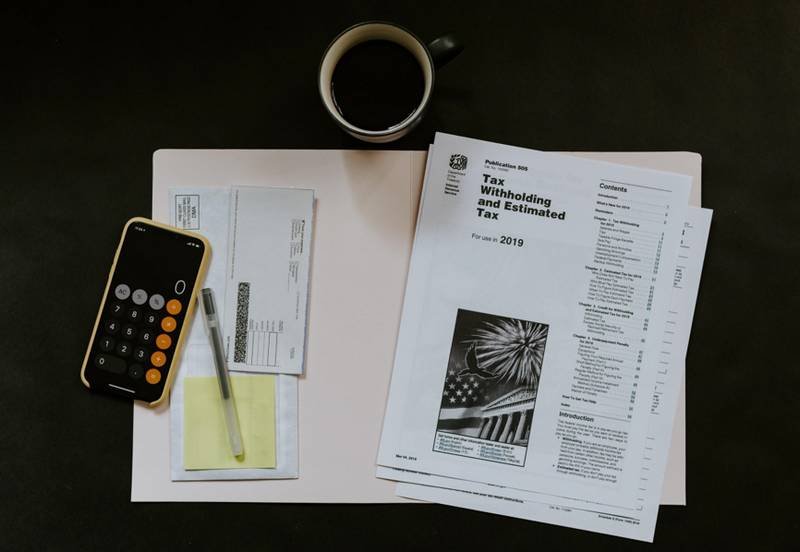Inflation, a term often associated with economic uncertainty, carries a multifaceted impact on society. At its core, inflation represents a rise in the general level of prices over time, affecting various aspects of daily life. This article delves into the nuanced effects of inflation, exploring both the apparent negatives and the less obvious positives, through unique perspectives and lesser-known examples.

The Immediate Impact: Daily Expenses and Unsecured Personal Loans
One of the most tangible effects of inflation is its impact on daily expenses. As prices rise, consumers find that their money buys less than it used to. This phenomenon is most noticeable in routine activities like grocery shopping or filling up a gas tank. However, inflation also influences the financial sector, particularly in the realm of unsecured personal loan. These loans, not backed by collateral, often see interest rates adjust in response to inflationary trends, affecting the borrowing and repayment capacity of individuals and businesses.
Beyond the Surface: Inflation’s Silver Linings
While the negative aspects of inflation, such as diminished purchasing power, are widely acknowledged, its positive impacts are less obvious but equally significant. Inflation can, paradoxically, have beneficial effects on the economy.
Stimulating Economic Growth
Moderate inflation can stimulate economic growth. It encourages spending and borrowing, as consumers and businesses anticipate higher costs in the future. This forward-looking behavior can increase demand for goods and services, spurring production and potentially leading to job creation.
Adjusting Relative Prices
Inflation plays a critical role in adjusting relative prices. Over time, the costs of different goods and services change at different rates. Inflation facilitates this adjustment process, ensuring that resources are allocated efficiently across various sectors of the economy.
Debt Relief
For debtors, inflation can be a subtle ally. As the value of money decreases, so does the real value of debt. Borrowers effectively repay their debts with money that is worth less than when they borrowed it. This phenomenon can be particularly significant for large-scale borrowings, such as government debt.
Case Study: Hyperinflation and Economic Rebirth
Exploring the extremes of inflation, such as hyperinflation, can provide unique insights. For instance, post-World War II Hungary experienced one of the highest rates of hyperinflation ever recorded. This period, while initially devastating, led to comprehensive economic reforms and a restructured currency system, ultimately contributing to the country’s economic rebirth and stability.
Long-Term Effects: Inflation and Retirement Planning
The long-term effects of inflation are often overlooked. For retirees, inflation can significantly erode the value of savings. However, inflation-indexed retirement plans can provide a safeguard, ensuring that the purchasing power of retirement benefits keeps pace with inflation, thereby offering a unique form of financial security.
Conclusion
Inflation, a seemingly straightforward economic concept, has a complex and varied impact on the economy and society. While its negative effects, such as reduced purchasing power, are immediately felt, the positive aspects, including stimulating economic growth and providing debt relief, are equally significant. Understanding these multifaceted impacts is crucial for individuals, businesses, and policymakers to navigate the economic landscape effectively.





